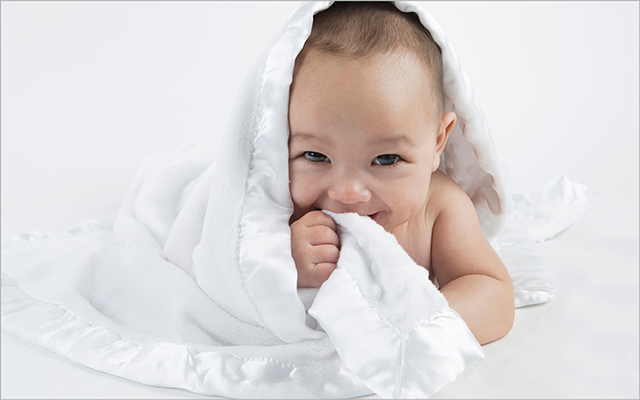Nearly one-third of American babies are born via cesarean section, missing out on exposure to the beneficial microbes in their mothers’ birth canal, which several studies show can affect babies’ health as they grow. Among the findings:
• In a study published in Science Translational Medicine, researchers examined the microbiota of 43 U.S. infants during their first two years of life — a crucial time for microbial development — and found multiple distinctions between the microbiota of babies delivered via cesarean compared with those delivered vaginally.
Researchers also noted specific organisms that were reduced in the stool microbiomes of the C-section infants. These microbes could have a critical role in particular health outcomes like obesity, which has been previously linked to C-sections.
Lead author Nicholas Bokulich, PhD, says this study is “another piece of the puzzle, connecting prior associations between C-section and later development of obesity, diabetes, and other conditions.”
• A 2006 report published in Pediatrics found that C-section babies had lower numbers of certain bacteria in their guts, making them more susceptible to unhealthy bugs like C. difficile and E. coli.
To remedy these issues, new research published in Nature Medicine recommends swabbing C-section babies with their mothers’ vaginal microbes — a practice first used in 2012 and now being adopted by some progressive hospitals around the United States.
Slathering C-section newborns in their mothers’ birth-canal fluid exposes them to beneficial microbes, according to the study led by Maria Gloria Dominguez-Bello, PhD, at New York University’s School of Medicine.
“Although the long-term health consequences of restoring the microbiota of C-section born infants remain unclear, our results demonstrate that vaginal microbes can be partially restored at birth,” the study authors write.
Dominguez-Bello’s team is now finishing a one-year study following the C-section babies to determine how their microbiomes develop and whether the microbial-transfer procedure proves successful.




This Post Has 0 Comments